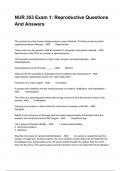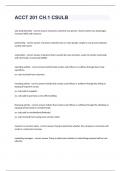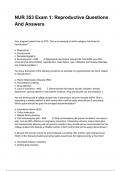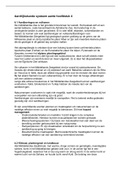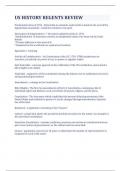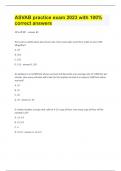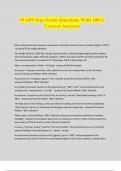Exam (elaborations)
NUR 353 Exam 1: Reproductive Questions And Answers
- Course
- Institution
The process by which human beings produce a new individual. The total process by which organisms produce offspring. - ANS Reproduction These cells carry the genetic materials needed for conception and genetic material. - ANS Reproductive cells (Such as oocytes or spermatocytes) ...
[Show more]
